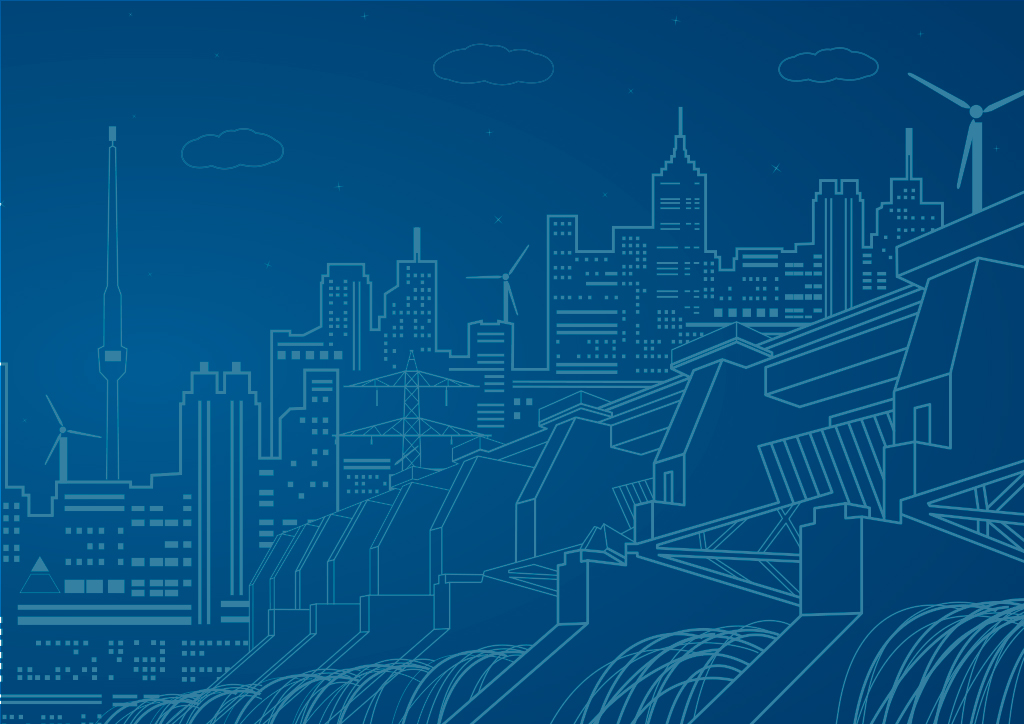2017 vividly illustrated the tremendous human and economic cost of natural disasters.
Hurricanes Irma and Maria left vulnerable people in the Caribbean devastated. Earthquakes in Mexico City and on the Iran-Iraq border claimed 1,000 lives, reducing neighbourhoods to ruins. Somalia, Ethiopia and Kenya struggled with drought. Monsoon rains killed 1,400 people in India, Nepal and Bangladesh. And then there was Hurricane Harvey which, along with the California wildfires, made 2017 the costliest on record in the United States.
All over the word, vast sums of financial assistance are needed to rebuild infrastructure and homes; economies and communities; lives and livelihoods.
How can we make these funds go further? How do we ensure we “build back better”, reducing the impacts of future events? And can that “resilience dividend” be securitized upfront in ways which incentivize risk-reducing investments?
Questions like these are at the heart of disaster risk financing. Questions like these are at the heart of Centre for Global Disaster Protection. Questions like these are at the heart of an innovative project commissioned from RMS by the U.K. Government.
To read about the project and its findings, please enter your details opposite.

